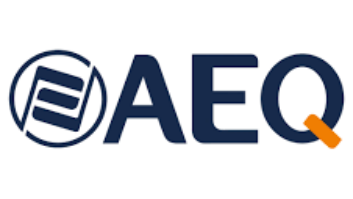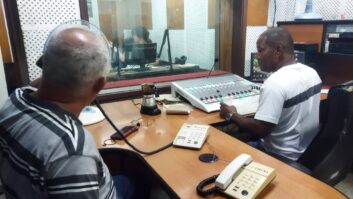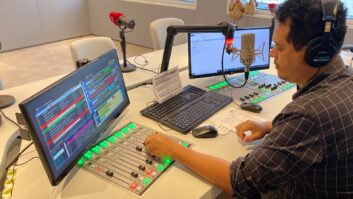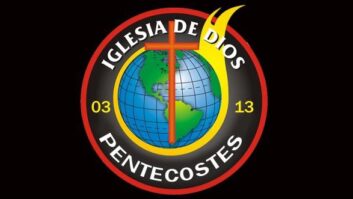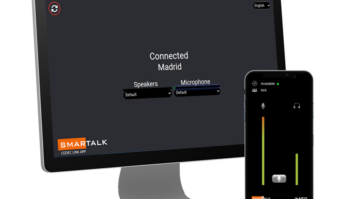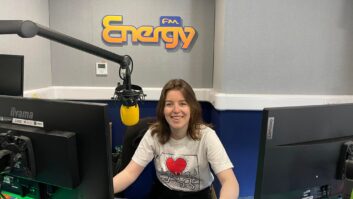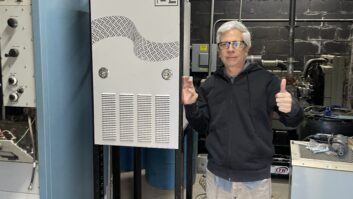BARCELONA, SPAIN — La Xarxa Audiovisual Local (XAL) is a public audio and video programming producer, created by the Deputation of Barcelona. It generates contents for local broadcast for approximately 125 associated radio stations. The programming provided to these stations is combined with locally produced material. The stations also contribute content to the lead studios in Barcelona for the creation of programming that can be distributed across the network.
La Xarxa’s distribution scheme had been satellite-based. In 2015, it was decided to migrate to an IP network, for which XAL contracted with Telefónica, the Spanish telecom.
As part of that project AEQ provided audio codecs and control software.
Click to Enlarge

CODECS
In total, nearly 150 AEQ Phoenix Venus audio codecs have been supplied, and software has been designed for control and monitoring of all audio codecs from any PC connected to the internet; program connection and disconnection; integration with an existing audio matrix; creation and activation of local or regional broadcast groupings; and management of point-to-point contribution connections from the central location.
The satellite links were replaced by terrestrial IP connections using Phoenix Venus IP audio codecs. Multicast groupings were created to which all local stations subscribe. Main and backup codecs send the audio to multicast IP codecs that in turn broadcast the audio to the remote devices subscribing to the multicast.
There is a Phoenix Venus codec at each local station. Channel 1 receives the multicast audio, with Opus encoding. The signal is stereo, 20 Hz–20 kHz with very low latency.
The existing broadcast automation system generates GPOs for the multicast main and backup Venuses’ GPI, which sends to the selected codec the transporting orders to switch to the remote audio source or live console control.
The control server continuously monitors the status of the main and backup codecs and if the active fails, it resets the connection to the other. The audio input is distributed to both units from the matrix.
There are also multicast groups of reduced size and limited duration. Another five dual-channel Venus codecs are programmed for these missions.
In addition, there are also groups with fewer receivers or subscribers, where the “main station” is a local station sharing its program feed.
In both cases, these groups are controlled with scheduling software that creates groups, defines the time slots and automatically controls the connections of any of the involved codecs. If a codec is switched from the main group to a regional or local group, once finished its connection, it automatically deactivates and returns to its previous state and continues receiving the main program.
Channel 2 of the local Venus sends contributions back to the main studio. For this, in the main station there are five Venus codecs for contribution reception, each with two channels. This allows for up to 10 simultaneous contributions from various associated stations. These 10 bidirectional stereo channels are connected to the facility’s AEQ BC 2000D matrix. Calls are manually placed from central control in the main station using a phone book and SmartRTP to establish the communication.
By February 2017, more than 85 stations were connected. The savings with regards to operating costs compared to the previous satellite infrastructure are considerable and, in addition the network is benefitting from greater flexibility, very low latency and fully bidirectional links.
It has been necessary to deal with challenges concerning the traffic distribution (IP multicast), QoS and bandwidth management, centralized control of all equipment and management tools, adaptation of the software to specific needs, documentation and configuration, training, etc.
Using the Opus algorithm, Phoenix Venus codecs provide a clean audio signal with practically transparent quality and no data/audio loss. The software is being used daily and, together with the integration with the BC 2000D matrix, allows us great flexibility to produce and broadcast programs with the affiliated stations.
For information, contact Peter Howarth at AEQ Broadcast International in Florida at (800) 728-0536 or visit www.aeqbroadcast.com.





